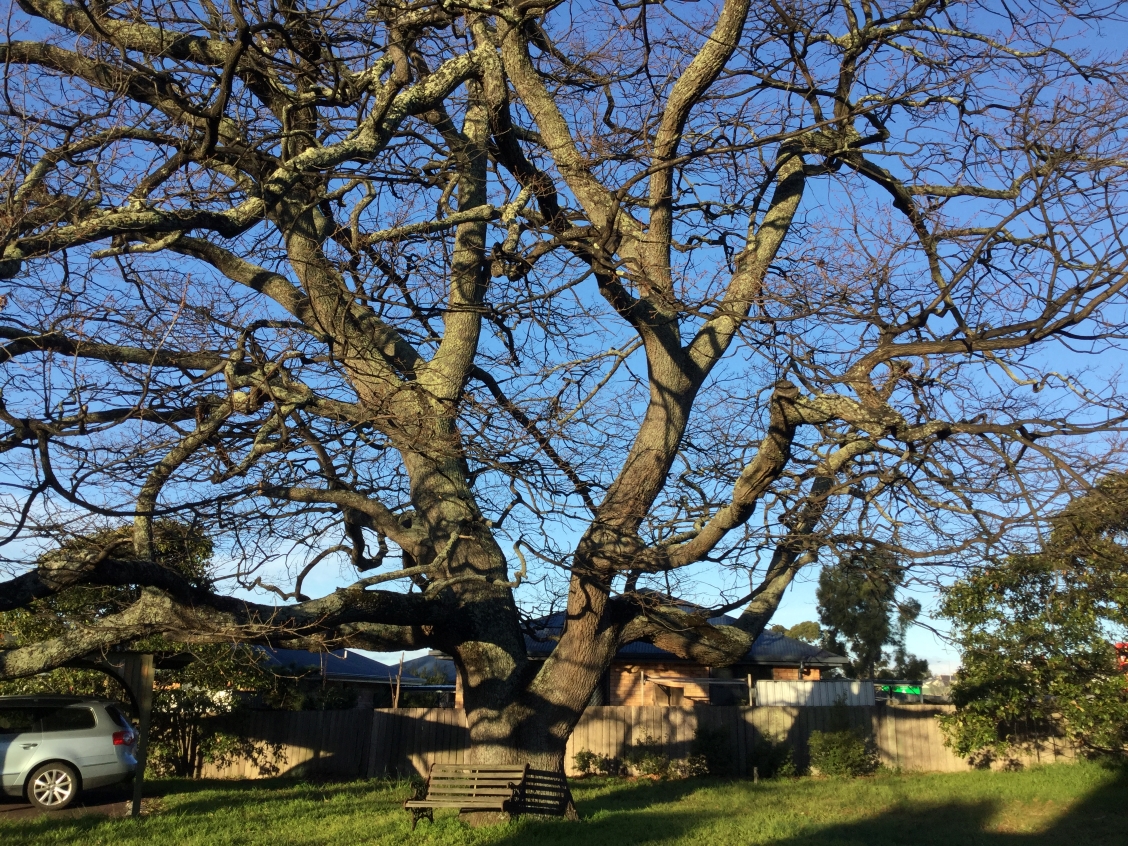Tree protection regulations can greatly vary between local municipalities throughout Tasmania, however, there are several overarching protection laws that aim to protect trees throughout the state.
Let’s take a closer look at some of these significant tree protection laws:
Environment Protection and Biodiversity Conservation Act 1999 (EPBC Act):
This federal law does not specifically address tree protection but provides a framework for the protection of the environment, including the protection of biodiversity values. Building upon the EPBC act are a number of state laws featured below.
Tasmanian Nature Conservation Act 2002
This act establishes a framework for the conservation and management of Tasmania’s natural and cultural landscape. This act includes a list of threatened native vegetative communities that require protection.
Click here to read the act in full.
Tasmanian Threatened Species Protection Act 1995:
As its name suggests, this act aims to protect threatened native flora and fauna and provides a list of endangered, vulnerable, and rare species that require protection. Since some of the threatened fauna rely on specific native trees for habitat, and as a result, these trees (which may not be a threatened species) are protected.
Click here to read the act in full.
Local council Planning Schemes:
Tasmania’s local councils have Planning Schemes that regulate land use and development in their respective areas. The Schemes are regulated by the Tasmanian Land Use Planning and Approvals Act 1993 and can include provisions for the protection of significant trees and vegetation.
Click here to learn more about local planning schemes in Tasmania.
Other relevant laws that can impact tree protection
Beyond the aforementioned laws are a number of other laws that can dictate whether a tree is consider protected. These include:
- Aboriginal Heritage Act 1975
- Forest Practices Act 1985
- Historic Cultural Heritage Act 1995
- Forestry (Rebuilding the Forest Industry) Act 2014
Overall, these laws aim to balance the economic, environmental, and social values of Tasmania’s forests and trees, ensuring their sustainable management and conservation.
How are these laws enforced?
Violations with the tree protection laws are enforced by different government agencies depending on the specific law and the type of violation. The enforcement usually involves a combination of inspections, investigations, and potentially a stop-works notice. In some circumstances, fines can be issued, and legal action may be undertaken.
How to tell whether your tree is protected.
There are several ways to establish whether a tree is protected:
- Correctly identify the tree (and in some cases determine the diameter at breast height) to ascertain whether it is a protected species, or whether it provides habitat for a protected species under the Threatened Species Protection Act 1995.
- Use the online mapping system LISTmap, which allows the public to view and access a wide range of spatial data layers for Tasmania, to ascertain the specific zone or code overlay the tree is in, in relation to the local council Planning Scheme. LISTmap can also be used to determine whether the tree is within a vegetation community. This can then used to determine whether the community is considered threatened under the Nature Conservation Act 2002.
- Contact your local council to ascertain whether the tree is protected and what works can and cannot be undertaken. Some councils may charge for this service.
- Contact an experienced arborist who is familiar with the Acts and Regulations.
Undertaking works on a protected tree.
An inspection by the relevant council authority or a report from a qualified arborist is usually required before any works can be undertaken on protected trees.
If you have a protected tree and are concerned that is unsafe, a qualified arborist will be required to undertake an arboriculture risk assessment to determine the risk of harm it presents. This does not guarantee any specific outcome, such as removal, as there are sometimes options to reduce the risk without removing the arboricultural asset.
If you are considering developing on the property and are concerned that the tree will not remain viable due to the works, we strongly recommend you have a preliminary arboriculture assessment completed. This provides all the required information about the tree, including the laws that govern its protection, and provide guidance on possible solutions, such as alternative designs or construction methods, which can save time during the development application process.
Physically protecting a protected tree.
A tree can be physically protected for a number of different reasons, such as development, vandalism, or attack from a pathogen. For protection against vandalism or during development, we provide tree protection plans that are specific to each site to ensure the tree is not damaged during the works. We also undertake tree health assessments to determine the pathogen that is damaging the tree and provide management recommendations to control them.
Contact us to find out more.

Blog written by Colin Fry
Colin is the director of Tasmanian Arboriculture Consultants Pty Ltd and our lead consulting arborist. He comes with an academic background and more than 20 years in practical tree care. As a registered member of Arboriculture Australia and secretary of the Tasmanian Arboriculture Organisation, Colin is passionate about Urban Forestry and helping people realise the benefits of living with well managed trees.

